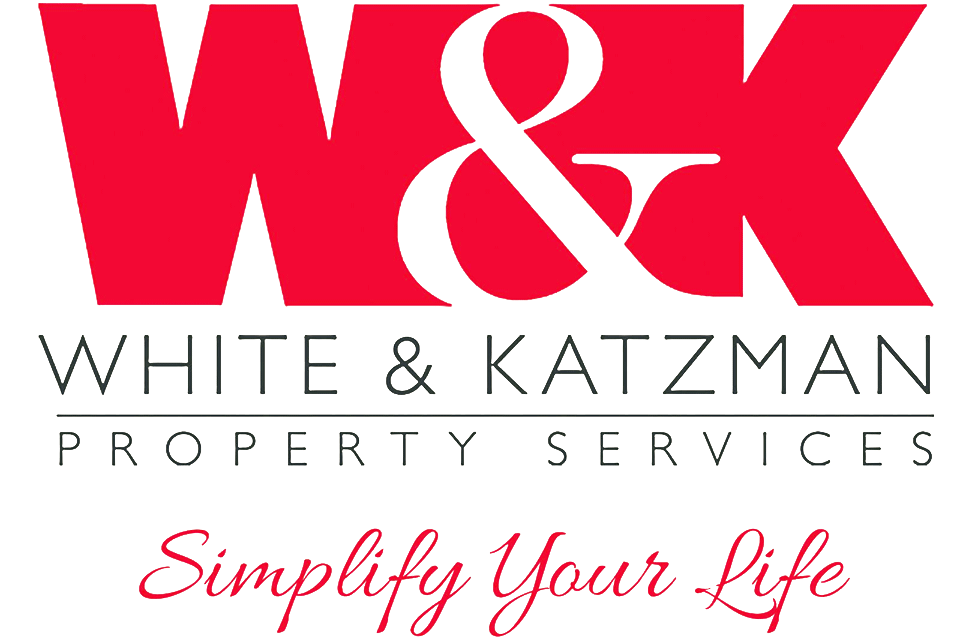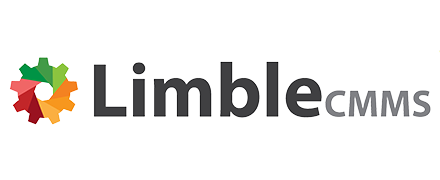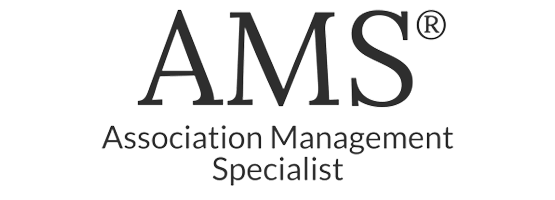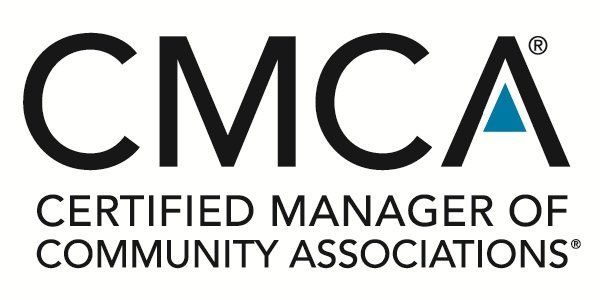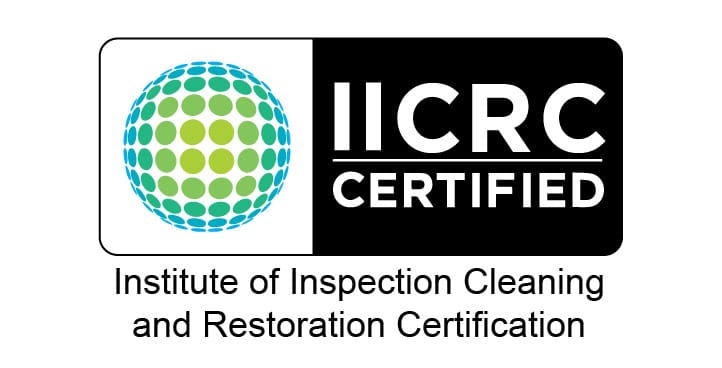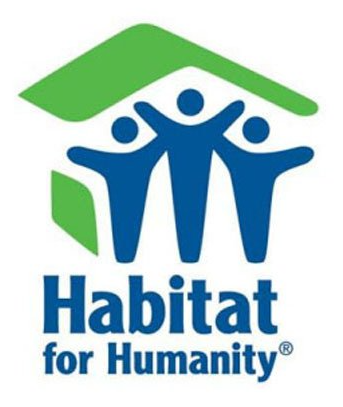FINANCIAL RESOURCES
A Guide To Understanding Community Association Financial Reports
The financial management of every community association is ultimately the responsibility of its Board of Directors. Many of the decisions made by the Board have financial implications and understanding the Association's financial reports is a fiduciary obligation of each member of the Board. Understanding the financial reports will also assist in the decision-making process of the Board as a whole. This financial reporting guide has been created to assist Board Members to develop a better understanding of financial reports and to become effective community leaders.
Community Financial Reports have two main purposes:
1.To provide association leaders with the financial information needed to make informed decisions relating to the Association's financial standing.
2.To enable the Board of Directors to control the Association's financial operations.
Financial reports are the main source of information on an Association's financial performance and condition. If you are not an Accountant, and you find financial reports a challenge to grasp, this guide is designed to help you better understand and use the information contained in your community’s financial reports. This is our primary objective in preparing this guide. We hope it serves you well.
The American Institute of Certified Public Accountants issued a guide for Community Association accounting in 1991. The guide recommended that financial reports for Community Associations be prepared on an accrual basis using fund accounting. The following glossary of terms used by Accountants is provided to give you an overview of the basic concepts. In addition, The Financial Statements Checklist will assist you when reviewing your community’s financial statements.
Glossary of Terms
ACCOUNTING CONCEPTS
- CASH BASIS ACCOUNTING records income when received and expenses when paid. This is the method in which most people keep their personal checking accounts.
- ACCRUAL BASIS ACCOUNTING records income when earned or billed (as opposed to when received) and expense when incurred (as opposed to when paid).
- MODIFIED ACCRUAL ACCOUNTING is a combination of cash and accrual accounting. Usually, assessment income is recorded on an accrual basis (i.e., when billed or earned) and most expenses are recorded on a cash basis (i.e., when paid). The modified accrual method of accounting has become an industry standard across the United States and is the form used by W&K for most of our community associations.
- FUND ACCOUNTING separates the Association's financial activities into two principal funds: the Operating Fund and the Reserve Fund, a fund for future major repairs and replacements.
BALANCE SHEET
- The BALANCE SHEET is a summary of the Association's assets, liabilities, and fund balances at a specific point in time. The purpose of a Balance Sheet is to show the financial position of the Association on a specific date.
- ASSETS include cash, investments, accounts receivable, prepayments, and anything else owned by the Association that has a cash value and can be disposed of by the Association or is a significant source of income.
- THE OPERATING FUND reflects the cash and investments of the Association available for funding the operating expenses. Ideally, the cash in the operating account should equal approximately one month's operating assessment. The cash in this account may bear interest at the bank's savings account rate. Surplus operating funds should be placed in an investment account to receive the benefit of a higher rate of interest.
- The TOTAL OPERATING FUND represents the total cash resources for the Association's daily operations. Surplus or discretionary operating funds, also referred to as working capital, can be calculated by deducting prepaid or unearned assessments from the total operating fund. As a rule of thumb, surplus or discretionary operating funds should be accumulated in an amount equal to approximately 2-3 month's assessments.
- ACCOUNTS RECEIVABLE are assessments and other charges billed to owners that have not yet been received by the Association. Details of the accounts receivable can be obtained from the Aged Analysis Report.
- The RESERVE FUND (Asset Account) reflects cash invested by the Association for future major repairs and replacements. The amount in the replacement fund should equal or exceed the amount shown as Replacement Reserves in the Equity portion of the Balance Sheet.
- OTHER ASSETS include deposits for utilities, prepaid expenses such as insurance premiums, claims by the Association, and property owned by the Association that has a useful life of longer than one year and can be disposed of by the Association for cash, or property that produces significant income.
- TOTAL ASSETS is the total of all the Association's assets and includes the total operating fund, the total accounts receivable, the total reserve fund, and any other assets or claims that the Association may have.
- LIABILITIES include prepaid or unearned assessments, accounts payable and any debts incurred by the Association, or claims against the Association.
- PREPAID ASSESSMENTS are assessments received during the current financial period for a future period. This will generally be found in associations having monthly assessments, (i.e., assessments received at the end of September, which are only due on October 1).
- UNEARNED OR DEFERRED ASSESSMENTS are generally found in Associations having annual assessments. The amount in unearned assessments is the amount billed for the remaining months of the year. The unearned assessment will be reduced by one twelfth of the annual assessment each month.
- ACCOUNTS PAYABLE are liabilities incurred during the period which have not yet been paid.
- The RESERVE FUND (Liability Account) is a list of the amounts allocated for major repairs and replacements. The total amount allocated should be fully funded. The amount in the replacement fund under the asset portion of the balance sheet should equal or exceed the total amount allocated.
- The OPERATING SURPLUS/(DEFICIT) is made up of two amounts: Prior Year Operating Surplus/(Deficit), which is the total accumulated surplus or deficit of the operating fund from the inception of the Association to the end of the previous fiscal year; and the Current Year Surplus/(Deficit), which is the surplus or deficit of the operating fund for the current fiscal year.
- TOTAL EQUITY is the total of the amount allocated in the Reserve Fund and the total of the Operating Fund balance. Total Equity is the difference between the Association's assets and liabilities and represents the owner's equity in the Association.
- The TOTAL LIABILITIES AND EQUITY should equal the Total Assets.
STATEMENT OF INCOME AND EXPENSES
The STATEMENT OF INCOME AND EXPENSES provides information on the Association’s income and expenses over a period of time (month, year-to-date) and compares the income and expenses to the budget for the same period.
OPERATING INCOME includes Residential Assessments (Earned), Developer Assessments, Late Fees, Interest Earned and Other Income.
OPERATING EXPENSES reflect the cost of goods and services used in operating the Association.
OPERATING SURPLUS/(DEFICIT) is the difference between the Association's income and expenses for the month and year-to-date. The YTD difference should be the same as the Current Year Surplus/(Deficit) reflected in the balance sheet.
AGED ANALYSIS REPORT
- The AGED ANALYSIS REPORT provides details of assessments billed to owners that have not been received as of the date of the report.
CASH DISBURSEMENT REPORT
- The CASH DISBURSEMENT REPORT (CHECK REGISTER) is a listing, in numerical order, of all checks issued during the period.
GENERAL LEDGER
- The GENERAL LEDGER contains the beginning balances and all the financial transactions of the Association during the period.
BANK RECONCILIATION
The BANK RECONCILIATION reconciles the balance in the Association's bank account with the balance shown in the Association's financial statements. All outstanding checks, deposit, interest and charges are reflected.
Financial Statements Checklist
Balance Sheet
- Check that not more than $250,000 is in any bank. This includes all of the Association's accounts in the same bank.
- Ensure that the Association’s operating account has sufficient funds to meet the anticipated monthly expenses.
- "Total Accounts Receivable" on the balance sheet should equal the balance due on the Aged Analysis Report. "Clearing" and "Other" should be zero. Any credit balances under "Accounts Receivable" need to be investigated.
- The “Total Reserve Funds" in asset section should equal "Total Replacement Reserves" in Liabilities section.
- "Total Assets" on the balance sheet should equal "Total Liabilities and Equity."
- "Prepaid Assessments" on the Balance Sheet should equal "Prepaids" on the Aged Analysis Report.
- "Unearned Assessments" will generally only be found in those Associations having annual, quarterly, and semi-annual assessments. The amount of unearned assessments is the balance of the budget for the remainder of the current fiscal year and is generally based on one twelfth of the budget per month. The amount in the operating fund should exceed the unearned assessments to ensure that the Association has adequate funds for the remainder of the fiscal year.
- The Current Month "Operating Surplus/ (Deficit)" should equal the "Operating Surplus/ (Deficit)" under the "YTD Actual" in the Statement of Income and Expenses.
Statement of Income and Expenses
- The variance in regard to assessments on both the MTD Actual and YTD Actual should be zero. In accrual accounting, the assessments should equal the budget.
- The "Operating Surplus/(Deficit)" under both the "MTD Budget" and "YTD Budget" should generally be zero if the budget is, in fact, a balanced budget.
- Check the MTD and YTD variances under the income and expense categories for anything unusual. Investigate significant variances.
- Review all line items to determine trends and investigate discrepancies. (i.e., failure to receive income such as interest, failure to pay a regular expense item, unusually high expense, particularly water, etc.)
Aged Analysis Report
- Check report for delinquencies and follow up on any significant balances due.
Cash Disbursement Report
- Review check numbers to ensure that they are in sequence and that all checks are accounted for.
- Review each payee and description on each check for any apparent discrepancies.
General Ledger
- Scan General Ledger for any apparent discrepancies.
- Check the expense accounts for correct coding of the expenses.
Bank Reconciliations
- Check bank reconciliations against balances on financial statements.
- Scan reconciling items for anything unusual or outstanding for longer than 60 days.
- Review cancelled checks for consistency with Cash Disbursement Report (amounts and payees).
Ready to Make the
Switch to W&K?
We would be happy to take care of all the details for you!

Ready to Make the Switch to W&K?
We would be happy to take care of all the details for you!

Quick Links
Business Hours
- Mon - Thu
- -
- Friday
- -
- Sat - Sun
- Closed
After Hour's Maintenance Emergency?
Dial (860)291-8777 and follow the prompts. You will be connected with a live dispatcher.


